8F1 English
Section outline
-
-
Opened: Wednesday, 6 March 2024, 12:00 AMDue: Wednesday, 20 March 2024, 8:00 PM
-
Opened: Wednesday, 5 June 2024, 12:00 AMDue: Wednesday, 26 June 2024, 12:00 PM
-
-
Welcome Class
This is English Year 8 and my expectations are that you complete all Task's, Writing and Assessments.
Our context this Term is "Water" and we will work with other learning areas to support this context.
English has 4 components
1. Short Text - poems/songs - short stories etc
2. Visual Text - Movie / Novel
3. Extended Text - Novel
4, Unfamilar Text
Our First Trip will be to the library where you will issue a book! The elements of a book has 6 stages
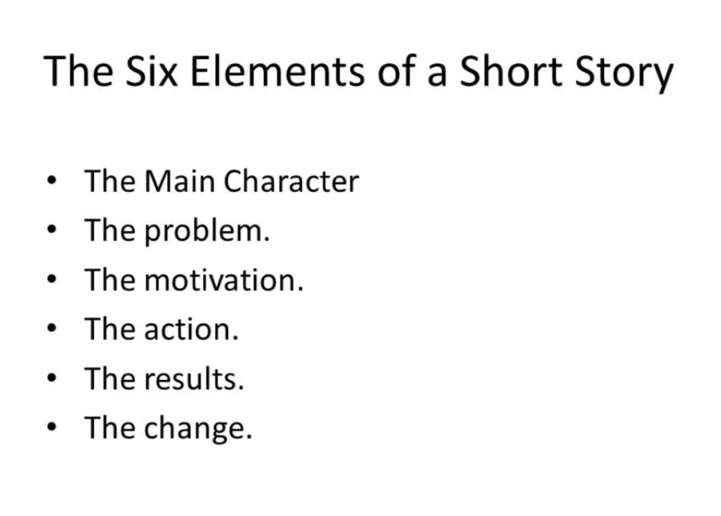
In Pairs we will look at some current issues. Is Tap water better than Bottled water. An estimate of $600 is pent a year on bottled water. Pending on the country of origin is it safe to drink Tap Water ?
-
With Our Context of Water
We will look NZ Tap water, water consumption and quality vs other countries. We will look at Tap water VS bottle water
Is this a hype ? Is there a need for bottle water ? In pairs Lets look into this One person unpacks Bottle water and the other unpacks Tap water ?


-
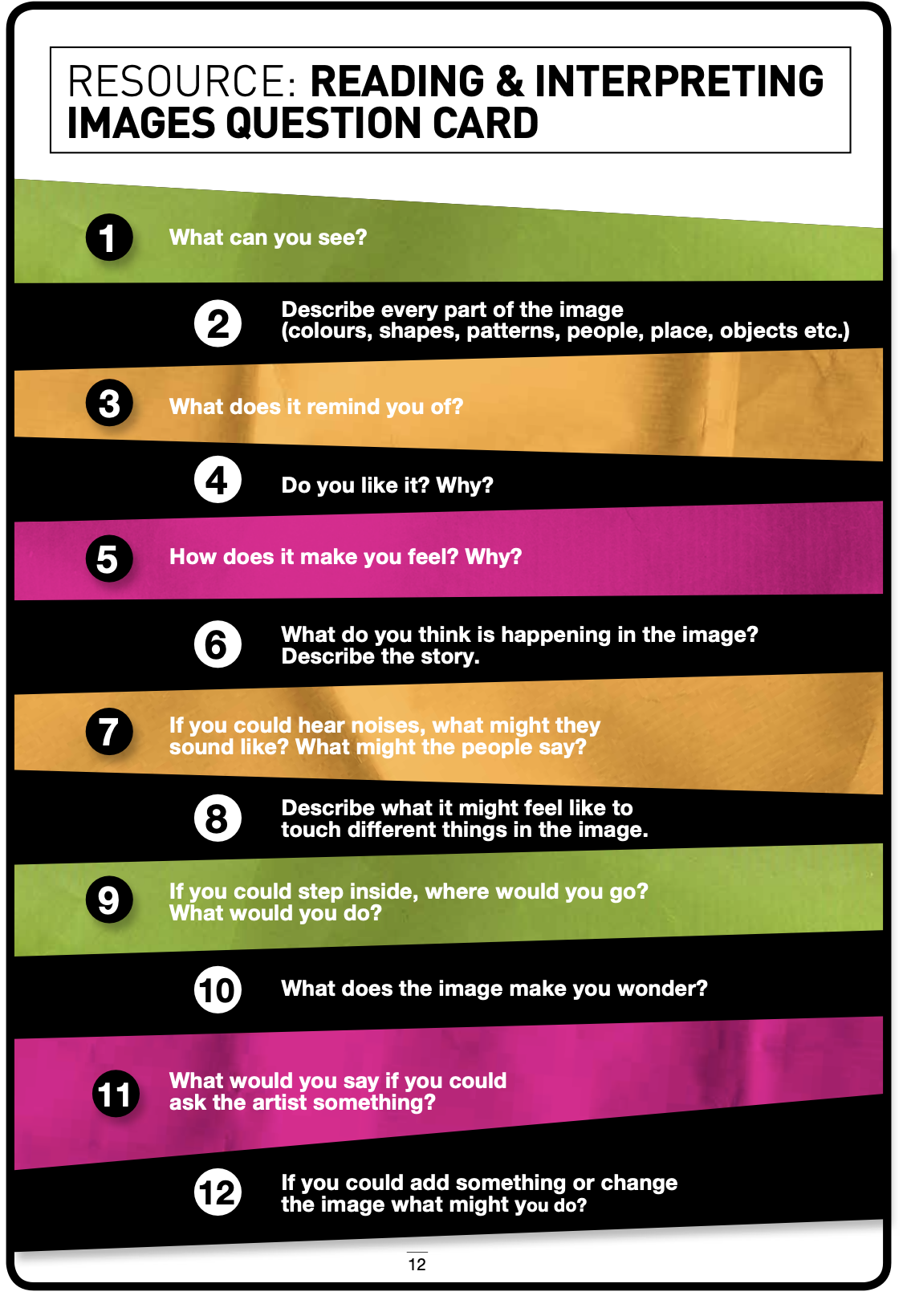
Learning Intention:
1.We are learning to understand the principles of Static Images
2. We learning to examine the impact of layout, style, font, color ,contrast and dominant image has on the image.
3. We learning how these static image target a particular audience.
AO Coverage: Recognises ,understands and considers how texts are constructed for a range of purposes , audience and situations
Makes meaning by understanding comprehensively ideas and the links between them
Success Criteria: I can/have...
RED YELLOW GREEN BLUE
Success Criteria:
1.List the different types of Static Resources used from the guide provided
2.Identify the target audience
3.Identify possible alternatives
1.Explain why these resources are used
2.Describe the impact of these resources
1.Analyze the effect these resources have on the audience
2.Discuss why they have this effect.
1.Prepare your own static image using the principles gained.
2.Create your own alternative image and unique target audience
Activities:
- Examine the Static Image provided in the attached document ...list all the things you see
- Explore color, layout and Font ...try and labor on the effect ...
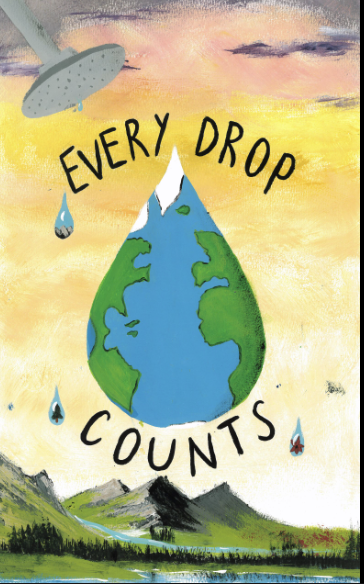
-
Learning Intention:
1.We are learning to understand the principles of Static Images
2. We learning to examine the impact of layout, style, font, color ,contrast and dominant image has on the image.
3. We learning how these static image target a particular audience.
AO Coverage: Recognises ,understands and considers how texts are constructed for a range of purposes , audience and situations
Makes meaning by understanding comprehensively ideas and the links between them
Success Criteria: I can/have...
RED YELLOW GREEN BLUE
Success Criteria:
1.List the different types of Static Resources used from the guide provided
2.Identify the target audience
3.Identify possible alternatives
1.Explain why these resources are used
2.Describe the impact of these resources
1.Analyze the effect these resources have on the audience
2.Discuss why they have this effect.
1.Prepare your own static image using the principles gained.
2.Create your own alternative image and unique target audience
Activities:
- Examine the Static Image provided in the attached document ...list all the things you see
- Explore color, layout and Font ...try and labor on the effect ...


-
Learning Intention:
1.We are learning to understand the principles of Static Images
2. We learning to examine the impact of layout, style, font, color ,contrast and dominant image has on the image.
3. We learning how these static image target a particular audience.
AO Coverage: Recognises ,understands and considers how texts are constructed for a range of purposes , audience and situations
Makes meaning by understanding comprehensively ideas and the links between them
Success Criteria: I can/have...
RED YELLOW GREEN BLUE
Success Criteria:
1.List the different types of Static Resources used from the guide provided
2.Identify the target audience
3.Identify possible alternatives
1.Explain why these resources are used
2.Describe the impact of these resources
1.Analyze the effect these resources have on the audience
2.Discuss why they have this effect.
1.Prepare your own static image using the principles gained.
2.Create your own alternative image and unique target audience
Activities:
- Examine the Static Image provided in the attached document ...list all the things you see
- Explore color, layout and Font ...try and labor on the effect ...


-
Learning Intention:
1.We are learning to understand the principles of Static Images
2. We learning to examine the impact of layout, style, font, color ,contrast and dominant image has on the image.
3. We learning how these static image target a particular audience.
AO Coverage: Recognises ,understands and considers how texts are constructed for a range of purposes , audience and situations
Makes meaning by understanding comprehensively ideas and the links between them
Success Criteria: I can/have...
RED YELLOW GREEN BLUE
Success Criteria:
1.List the different types of Static Resources used from the guide provided
2.Identify the target audience
3.Identify possible alternatives
1.Explain why these resources are used
2.Describe the impact of these resources
1.Analyze the effect these resources have on the audience
2.Discuss why they have this effect.
1.Prepare your own static image using the principles gained.
2.Create your own alternative image and unique target audience
Activities:
- Examine the Static Image provided in the attached document ...list all the things you see
- Explore color, layout and Font ...try and labor on the effect ...


-
Learning Intention:
1.We are learning to understand the principles of Static Images
2. We learning to examine the impact of layout, style, font, color ,contrast and dominant image has on the image.
3. We learning how these static image target a particular audience.
AO Coverage: Recognises ,understands and considers how texts are constructed for a range of purposes , audience and situations
Makes meaning by understanding comprehensively ideas and the links between them
Success Criteria: I can/have...
RED YELLOW GREEN BLUE
Success Criteria:
1.List the different types of Static Resources used from the guide provided
2.Identify the target audience
3.Identify possible alternatives
1.Explain why these resources are used
2.Describe the impact of these resources
1.Analyze the effect these resources have on the audience
2.Discuss why they have this effect.
1.Prepare your own static image using the principles gained.
2.Create your own alternative image and unique target audience
Activities:
- Examine the Static Image provided in the attached document ...list all the things you see
- Explore color, layout and Font ...try and labor on the effect ...


-
Learning Intention:
1.We are learning to understand the principles of Static Images
2. We learning to examine the impact of layout, style, font, color ,contrast and dominant image has on the image.
3. We learning how these static image target a particular audience.
AO Coverage: Recognises ,understands and considers how texts are constructed for a range of purposes , audience and situations
Makes meaning by understanding comprehensively ideas and the links between them
Success Criteria: I can/have...
RED YELLOW GREEN BLUE
Success Criteria:
1.List the different types of Static Resources used from the guide provided
2.Identify the target audience
3.Identify possible alternatives
1.Explain why these resources are used
2.Describe the impact of these resources
1.Analyze the effect these resources have on the audience
2.Discuss why they have this effect.
1.Prepare your own static image using the principles gained.
2.Create your own alternative image and unique target audience
Activities:
- Examine the Static Image provided in the attached document ...list all the things you see
- Explore color, layout and Font ...try and labor on the effect ...


-
Welcome BACK
HOPE YOU HAD A RESTED HOLIDAY. OUR CONTEXT THIS TERM IS ESCAPE ROOM.
ESCAPE ROOM IS AN EXPRESSION OF PROBLEM SOLVING . HOW CAN WE SOLVE OUR DAILY ISSUES IN LIFE?
Game 1: Blooket - LINK
Game 2: Codenames - LINK
Game 3: Cool math games - LINK
Game 4: Online escape room - LINK
Game 5: Skribbl io - LINK
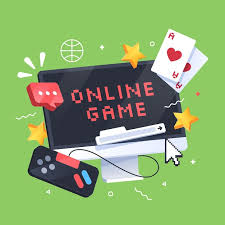

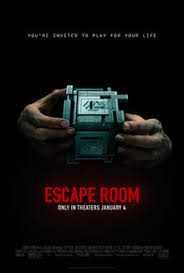

-
Welcome BACK
HOPE YOU HAD A RESTED HOLIDAY. OUR CONTEXT THIS TERM IS ESCAPE ROOM.
ESCAPE ROOM IS AN EXPRESSION OF PROBLEM SOLVING . HOW CAN WE SOLVE OUR DAILY ISSUES IN LIFE?
Game 1: Blooket - LINK
Game 2: Codenames - LINK
Game 3: Cool math games - LINK
Game 4: Online escape room - LINK
Game 5: Skribbl io - LINK
Crazy Games



-
We will watch a Visual Text and respond to this TEXT. This text supports the context escape room by attempting to solve a real life problem
Learning Intentions: We are learning to (WALT)...
We are learning to understand how extended visual and verbal techniques are applied to this visual text
We are learning to understand ideas within this text that are supported by these visual and verbal techniques
We are learning to understand how extended visual effects are combined with standard effects to produce a greater impact.
Achievement Objectives: Interpret how different texts are used to create a main idea or message ...in this case Leadership and strength against adversity.
Integrate sources of information, processes and strategies to confidently identify, form and express increasingly sophisticated ideas
Success Criteria: I can/have...
Success Criteria:
ONE:
Identify the visual features used in this movie
Identify the unique verbal techniques used (sound track)
Identify the scenes were you would find the above extend effects
MANY:
Describe the effect these effects have on the viewer
Describe the effect and the scene and the impact it has on the viewer
RELATE:
Explain how these visual effects support the main message in the text through:
Identifying a set of skills ...and how this is developed ....
Identify the main idea ...
EXTEND:
Evaluate the impact/influence these visual effects have on generating and sustaining the main idea in the text.
Activities:
1. Complete the work sheet on camera angles ....screen shot pictures from the movie "Unstoppable" into camera angle blocks2. Watch the movie at least once - identify both Verbal and Visual features ....verbal is sounds you can hear and visual is what you can see .
-
We will watch a Visual Text and respond to this TEXT. This text supports the context escape room by attempting to solve a real life problem
Learning Intentions: We are learning to (WALT)...
We are learning to understand how extended visual and verbal techniques are applied to this visual text
We are learning to understand ideas within this text that are supported by these visual and verbal techniques
We are learning to understand how extended visual effects are combined with standard effects to produce a greater impact.
Achievement Objectives: Interpret how different texts are used to create a main idea or message ...in this case Leadership and strength against adversity.
Integrate sources of information, processes and strategies to confidently identify, form and express increasingly sophisticated ideas
Success Criteria: I can/have...
Success Criteria:
ONE:
Identify the visual features used in this movie
Identify the unique verbal techniques used (sound track)
Identify the scenes were you would find the above extend effects
MANY:
Describe the effect these effects have on the viewer
Describe the effect and the scene and the impact it has on the viewer
RELATE:
Explain how these visual effects support the main message in the text through:
Identifying a set of skills ...and how this is developed ....
Identify the main idea ...
EXTEND:
Evaluate the impact/influence these visual effects have on generating and sustaining the main idea in the text.
Activities:
1. Complete the work sheet on camera angles ....screen shot pictures from the movie "Unstoppable" into camera angle blocks2. Watch the movie at least once - identify both Verbal and Visual features ....verbal is sounds you can hear and visual is what you can see .
-
We will watch a Visual Text and respond to this TEXT. This text supports the context escape room by attempting to solve a real life problem
Learning Intentions: We are learning to (WALT)...
We are learning to understand how extended visual and verbal techniques are applied to this visual text
We are learning to understand ideas within this text that are supported by these visual and verbal techniques
We are learning to understand how extended visual effects are combined with standard effects to produce a greater impact.
Achievement Objectives: Interpret how different texts are used to create a main idea or message ...in this case Leadership and strength against adversity.
Integrate sources of information, processes and strategies to confidently identify, form and express increasingly sophisticated ideas
Success Criteria: I can/have...
Success Criteria:
ONE:
Identify the visual features used in this movie
Identify the unique verbal techniques used (sound track)
Identify the scenes were you would find the above extend effects
MANY:
Describe the effect these effects have on the viewer
Describe the effect and the scene and the impact it has on the viewer
RELATE:
Explain how these visual effects support the main message in the text through:
Identifying a set of skills ...and how this is developed ....
Identify the main idea ...
EXTEND:
Evaluate the impact/influence these visual effects have on generating and sustaining the main idea in the text.
Activities:
1. Complete the work sheet on camera angles ....screen shot pictures from the movie "Unstoppable" into camera angle blocks2. Watch the movie at least once - identify both Verbal and Visual features ....verbal is sounds you can hear and visual is what you can see .
-
We will watch a Visual Text and respond to this TEXT. This text supports the context escape room by attempting to solve a real life problem
Learning Intentions: We are learning to (WALT)...
We are learning to understand how extended visual and verbal techniques are applied to this visual text
We are learning to understand ideas within this text that are supported by these visual and verbal techniques
We are learning to understand how extended visual effects are combined with standard effects to produce a greater impact.
Achievement Objectives: Interpret how different texts are used to create a main idea or message ...in this case Leadership and strength against adversity.
Integrate sources of information, processes and strategies to confidently identify, form and express increasingly sophisticated ideas
Success Criteria: I can/have...
Success Criteria:
ONE:
Identify the visual features used in this movie
Identify the unique verbal techniques used (sound track)
Identify the scenes were you would find the above extend effects
MANY:
Describe the effect these effects have on the viewer
Describe the effect and the scene and the impact it has on the viewer
RELATE:
Explain how these visual effects support the main message in the text through:
Identifying a set of skills ...and how this is developed ....
Identify the main idea ...
EXTEND:
Evaluate the impact/influence these visual effects have on generating and sustaining the main idea in the text.
Activities:
1. Complete the work sheet on camera angles ....screen shot pictures from the movie "Unstoppable" into camera angle blocks2. Watch the movie at least once - identify both Verbal and Visual features ....verbal is sounds you can hear and visual is what you can see .
-
We will watch a Visual Text and respond to this TEXT. This text supports the context escape room by attempting to solve a real life problem
Learning Intentions: We are learning to (WALT)...
We are learning to understand how extended visual and verbal techniques are applied to this visual text
We are learning to understand ideas within this text that are supported by these visual and verbal techniques
We are learning to understand how extended visual effects are combined with standard effects to produce a greater impact.
Achievement Objectives: Interpret how different texts are used to create a main idea or message ...in this case Leadership and strength against adversity.
Integrate sources of information, processes and strategies to confidently identify, form and express increasingly sophisticated ideas
Success Criteria: I can/have...
Success Criteria:
ONE:
Identify the visual features used in this movie
Identify the unique verbal techniques used (sound track)
Identify the scenes were you would find the above extend effects
MANY:
Describe the effect these effects have on the viewer
Describe the effect and the scene and the impact it has on the viewer
RELATE:
Explain how these visual effects support the main message in the text through:
Identifying a set of skills ...and how this is developed ....
Identify the main idea ...
EXTEND:
Evaluate the impact/influence these visual effects have on generating and sustaining the main idea in the text.
Activities:
1. Complete the work sheet on camera angles ....screen shot pictures from the movie "Unstoppable" into camera angle blocks2. Watch the movie at least once - identify both Verbal and Visual features ....verbal is sounds you can hear and visual is what you can see .
-
We will watch a Visual Text and respond to this TEXT. This text supports the context escape room by attempting to solve a real life problem
Learning Intentions: We are learning to (WALT)...
We are learning to understand how extended visual and verbal techniques are applied to this visual text
We are learning to understand ideas within this text that are supported by these visual and verbal techniques
We are learning to understand how extended visual effects are combined with standard effects to produce a greater impact.
Achievement Objectives: Interpret how different texts are used to create a main idea or message ...in this case Leadership and strength against adversity.
Integrate sources of information, processes and strategies to confidently identify, form and express increasingly sophisticated ideas
Success Criteria: I can/have...
Success Criteria:
ONE:
Identify the visual features used in this movie
Identify the unique verbal techniques used (sound track)
Identify the scenes were you would find the above extend effects
MANY:
Describe the effect these effects have on the viewer
Describe the effect and the scene and the impact it has on the viewer
RELATE:
Explain how these visual effects support the main message in the text through:
Identifying a set of skills ...and how this is developed ....
Identify the main idea ...
EXTEND:
Evaluate the impact/influence these visual effects have on generating and sustaining the main idea in the text.
Activities:
1. After submitting your Assessment Please open the following Links for Escape Room
Free Rice -
-
Enter text here...
EXPLORE / TŪHURA learning intentions:
- We are EXPLORING articles , events and stories around the Olympics
- We are EXPLORING the global economic impact on the host countries
- We are EXPLORING what makes a athlete an Olympian
PLAN & DO / WHAKAMAHI learning intentions:
- We are PLANNING... to read and view critical articles around the Olympics ....how did Paris Handle the Olympics
- We are PLANNING ...to write and critic an article based on the Olympics
- We are PLANNING ...to unpack an opinion based on facts extracted
Enter text here...
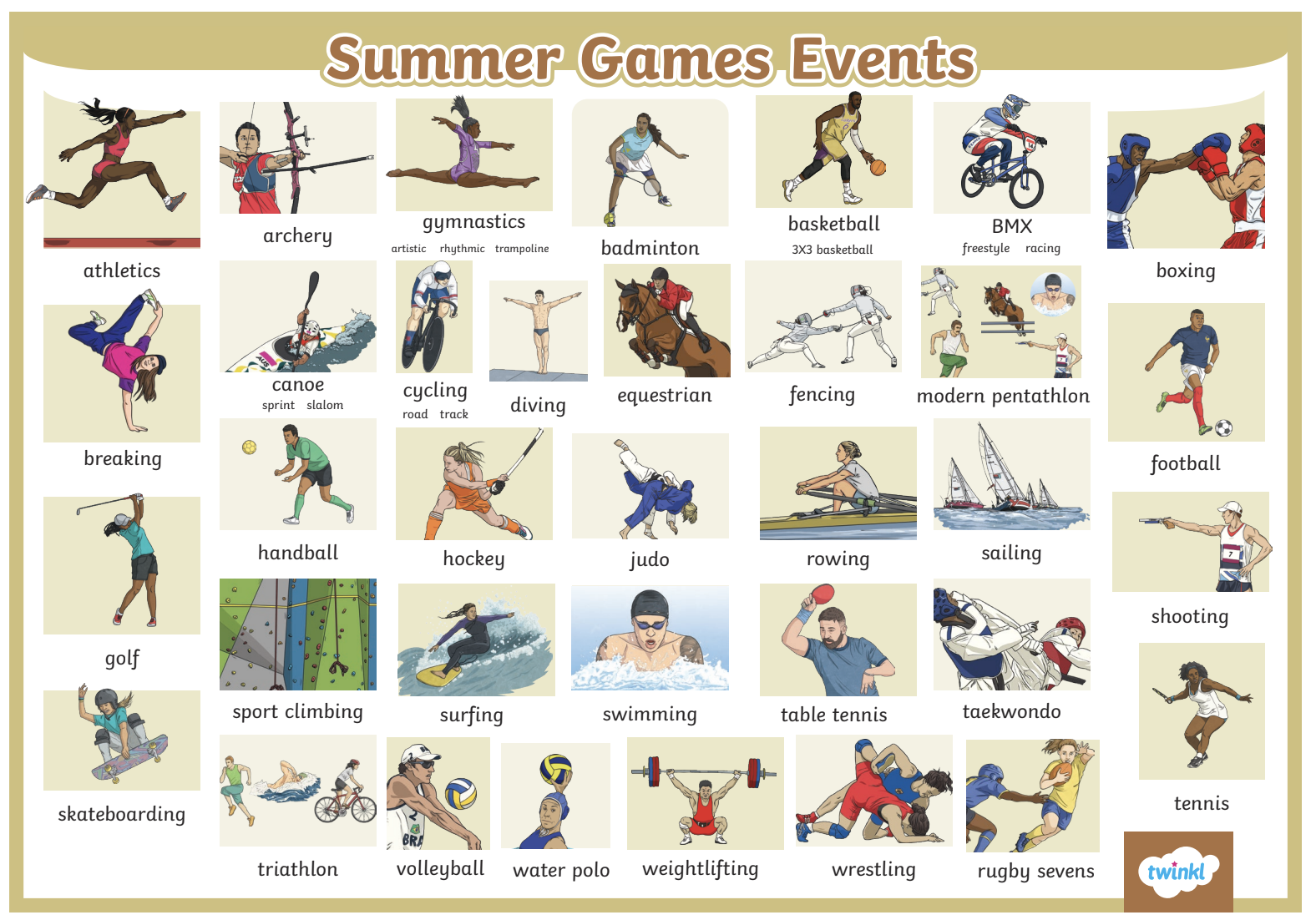 Please open and read the activity Guide attached
Please open and read the activity Guide attached Homework Task
View the Video opening video with the Last Supper clip.
Write in your own words
1. What was the last supper (Paragraph 1 ) -use images
2. How was the video offensive ? Why do you feel this way ?
3. Was this creative or offensive ?
-
Enter text here...
PLAN & DO / WHAKAMAHI learning intentions:
- We are PLANNING... to read and view critical articles around the Olympics ....how did Paris Handle the Olympics
- We are PLANNING ...to write and critic an article based on the Olympics
- We are PLANNING ...to unpack an opinion based on facts extracted
Enter text here...
EXPLORE / TŪHURA learning intentions:
- We are EXPLORING how to write paragraphs based on critical reading of content
- We are EXPLORING how to play with words and ideas to sustain the readers attention
- We are EXPLORING unpack a message creatively and subjectively using a range of describing words and phrases
AO Coverage: Recognises ,understands and considers how texts are constructed for a range of purposes , audience and situations
Makes meaning by understanding comprehensively ideas and the links between them
One of the greatest Olympic Gold Medalist lashes out a Donald Trump.View this clip ! Now unpack this ongoing controversial debate about "Black Jobs"
Paragraph 1 - Please unpack who is simone biles - history, background and success, net worth etc 150 words
Paragragraph 2 - Donald Trump - past present and future - current goals and ambitions .
Paragraph 3 - Black Jobs - Trending all over the Net - What is it - your opinion and comments after viewing multiple clips and interviews
Paragraph 4 - Are "black jobs " applicable to NZ community ? Is so why and how
Paragraph 5 - You overall opinion - "the society we live in"
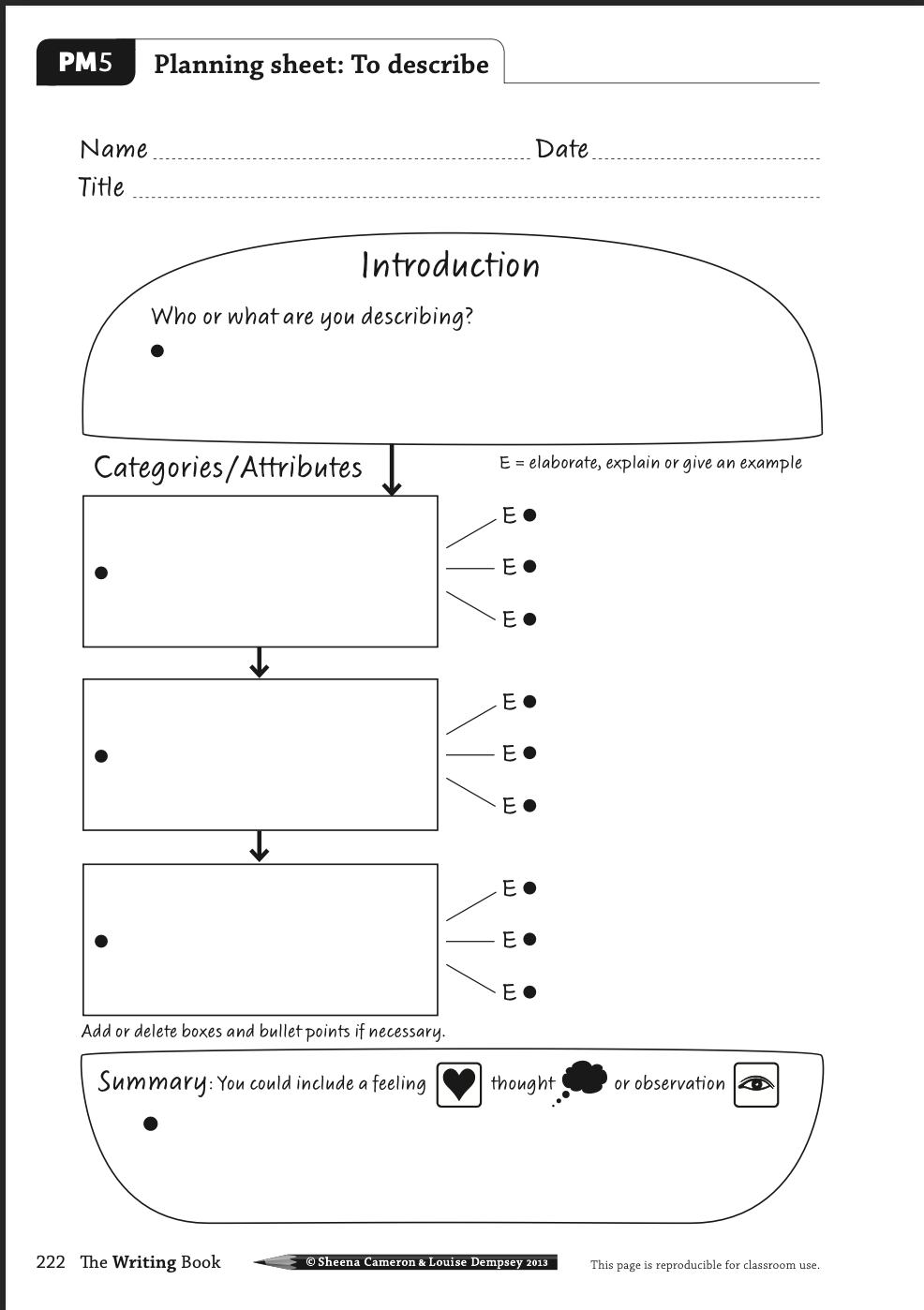
-

We are writing from the Document Titled "Narrative Writing"
Read through this - Create your mood board - Develop your character - The problem - The motivation - The action -the results and The change.
USE AI to generate unique characters and present a story to read to young Primary school Kids
-

We are writing from the Document Titled "Narrative Writing"
Read through this - Create your mood board - Develop your character - The problem - The motivation - The action -the results and The change.
USE AI to generate unique characters and present a story to read to young Primary school Kids
-

We are writing from the Document Titled "Narrative Writing"
Read through this - Create your mood board - Develop your character - The problem - The motivation - The action -the results and The change.
USE AI to generate unique characters and present a story to read to young Primary school Kids
-
THE COVER PAGE !
LET IT BE AN ORIGINAL TITLE - Give it a catchy name
USE a real picture of yourself and give me a fun introduction - The more detail about yourself the better
Eg Title "Big Donkey"
Author - I am a year 9 student whose love of life, adventure and shopping has lead me to write this crazy story. I love singing and dancing and care little what people think of me. Life is amazing and is even better when surrounded by great teachers and friends that fill my life. My favourite subject in English and Maths and these two teachers are amazing .....One makes me laugh and the other cry ...Thats the balance in life laughter and tears ..Please read my story and I am eager to hear your views....

-
PLAN & DO / WHAKAMAHI learning intentions:
- We are PLANNING... so that we can explore cultures and food from across the world.
- We are PLANNING ...so that we can read articles and collaborate ideas from across the world.
We are exploring culture and food and the interrelationship between them
Food tells the story of a people's history, traditions, and values, and offers a glimpse into their way of life. When you learn about a culture's food, you gain a deeper understanding of that culture and the people who make it up.
-
EXPLORE / TŪHURA learning intentions:
- We are EXPLORING culture and food from across the world
- We are EXPLORING countries and culture
- We are EXPLORING how a countries culture shapes our food origin.
Food tells the story of a people's history, traditions, and values, and offers a glimpse into their way of life. When you learn about a culture's food, you gain a deeper understanding of that culture and the people who make it up.
Identify a country you wish to visit or travel to and then unpack at least 5 criteria under the cultural aspect listed below.
I need 2 paragraphs in your own words but you need to clearly highlight any 5 of these characteristics
Culture Elements : - symbols, stories heroes
- language -how people interact with each other with chosen language of choice
- Norms, customs , traditions
- Values, beliefs, rituals and attitude
- Artifacts
- Arts and Literature
- Religion
- Dress code
- Music - feel free to add an you tube link of cultural songs -
Enter text here...
EXPLORE / TŪHURA learning intentions:
- We are EXPLORING culture and food from across the world
- We are EXPLORING countries and culture
- We are EXPLORING how a countries culture shapes our food origin.
Food tells the story of a people's history, traditions, and values, and offers a glimpse into their way of life. When you learn about a culture's food, you gain a deeper understanding of that culture and the people who make it up.
-
EXPLORE / TŪHURA learning intentions:
- We are EXPLORING culture and food from across the world
- We are EXPLORING countries and culture
- We are EXPLORING how a countries culture shapes our food origin.
Food tells the story of a people's history, traditions, and values, and offers a glimpse into their way of life. When you learn about a culture's food, you gain a deeper understanding of that culture and the people who make it up.
-
EXPLORE / TŪHURA learning intentions:
- We are EXPLORING culture and food from across the world
- We are EXPLORING countries and culture
- We are EXPLORING how a countries culture shapes our food origin.
Food tells the story of a people's history, traditions, and values, and offers a glimpse into their way of life. When you learn about a culture's food, you gain a deeper understanding of that culture and the people who make it up.
Countries -
-

